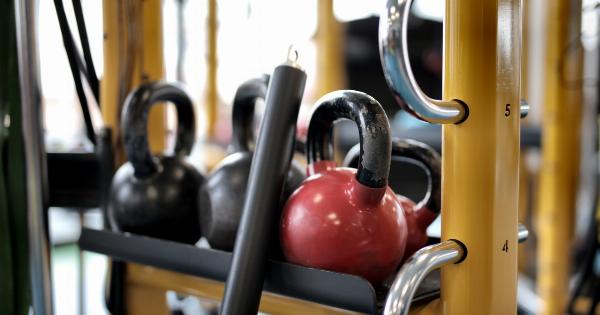Cholesterol is a type of fat that is naturally produced in the liver and is needed by the body for various functions such as building cell walls and producing hormones.
However, having high levels of cholesterol in the blood can lead to serious health problems such as heart disease, stroke, and diabetes. While there are medications available to lower cholesterol levels, aerobic conditioning has been found to be an effective way to reduce cholesterol without medication.
What is Aerobic Conditioning?
Aerobic conditioning, also known as cardio, refers to exercises that increase the heart rate and breathing, such as running, cycling, or swimming.
These exercises improve cardiovascular health by strengthening the heart and lungs and improving oxygen delivery to the body. Aerobic conditioning can also lead to weight loss, improved muscle mass, and decreased blood pressure, all of which can have positive effects on cholesterol levels.
How Aerobic Conditioning Affects Cholesterol Levels in Men
A 2016 study published in the Journal of Clinical Lipidology found that aerobic conditioning can halt the rise of cholesterol in men. The study followed 38 men with high cholesterol levels who were divided into two groups.
One group participated in supervised aerobic conditioning for six months, while the other group did not engage in any exercise.
At the end of the study, the group that participated in aerobic conditioning was found to have a significant decrease in total cholesterol levels, as well as a decrease in LDL cholesterol (the “bad” cholesterol) levels.
The group that did not engage in exercise showed no change in cholesterol levels.
Another study published in the Journal of the American College of Cardiology followed 10,000 men over a period of six years and found that those who engaged in moderate-intensity aerobic conditioning had a 35% reduction in the risk of developing high cholesterol levels compared to those who did not exercise.
How Much Exercise is Needed?
While aerobic conditioning has been found to be an effective way to reduce cholesterol levels, it is important to note that not all types of exercise are created equal.
For cholesterol-lowering benefits, the American Heart Association recommends doing at least 150 minutes of moderate-intensity aerobic conditioning per week, or 75 minutes of vigorous-intensity aerobic conditioning per week.
Moderate-intensity exercise includes activities such as brisk walking, cycling, or swimming, while vigorous-intensity exercise includes activities such as running, hiking uphill, or playing sports like basketball or soccer.
Tips for Starting an Aerobic Conditioning Program
Starting an aerobic conditioning program can be intimidating, but the following tips can help make it a smooth process:.
- Consult with a doctor beforehand to ensure that you are healthy enough for aerobic conditioning.
- Start slowly and gradually increase the intensity and duration of exercise over time.
- Find an exercise buddy for motivation and accountability.
- Incorporate variety into your exercise routine to prevent boredom.
- Stay hydrated and fuel your body with healthy foods before and after exercise.
Conclusion
Aerobic conditioning has been found to be an effective way to reduce cholesterol levels without medication in men.
Studies have shown that individuals who engage in moderate-intensity aerobic conditioning for at least 150 minutes per week can experience significant decreases in total cholesterol and LDL cholesterol levels. To get started with aerobic conditioning, it is important to consult with a doctor, start slowly, find an exercise buddy, and incorporate variety into your routine.





























